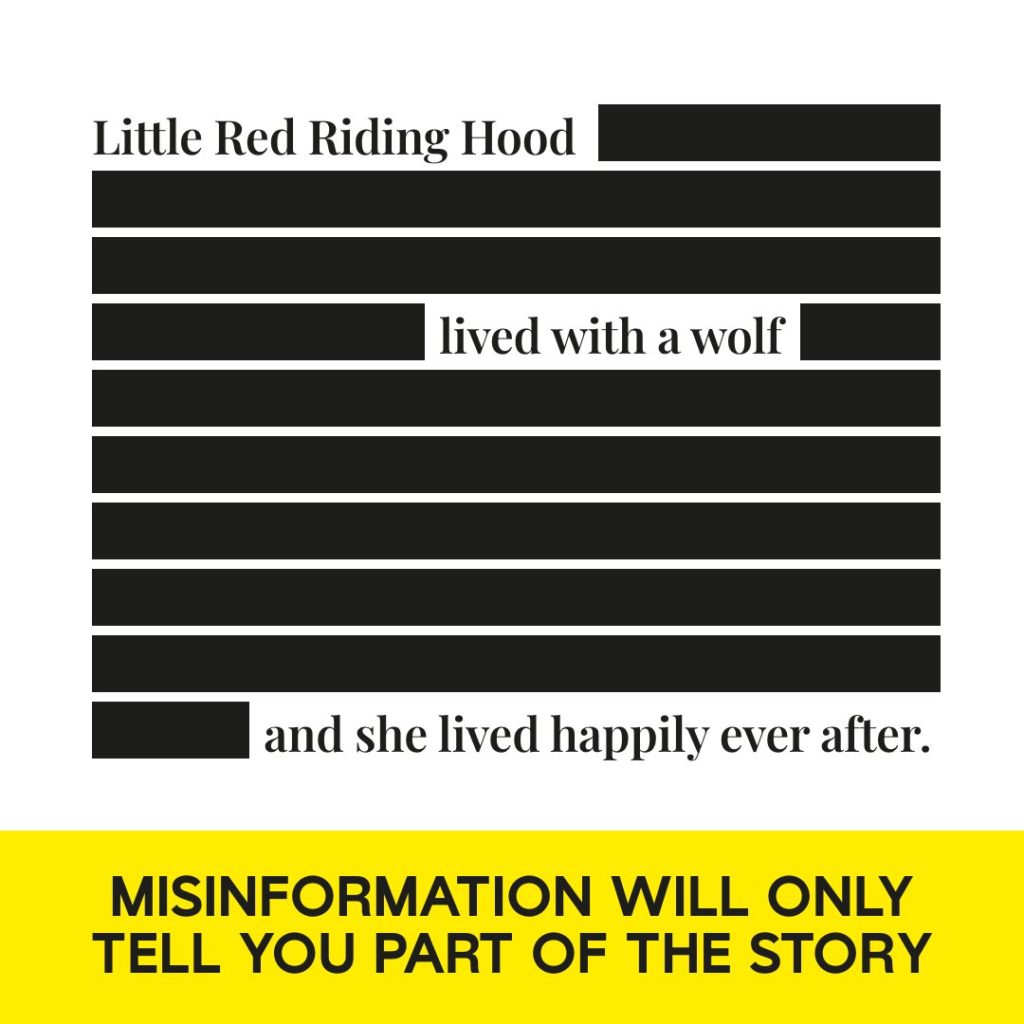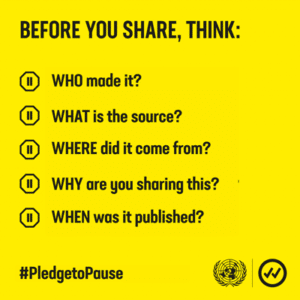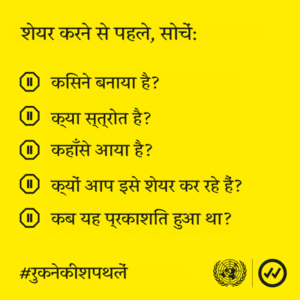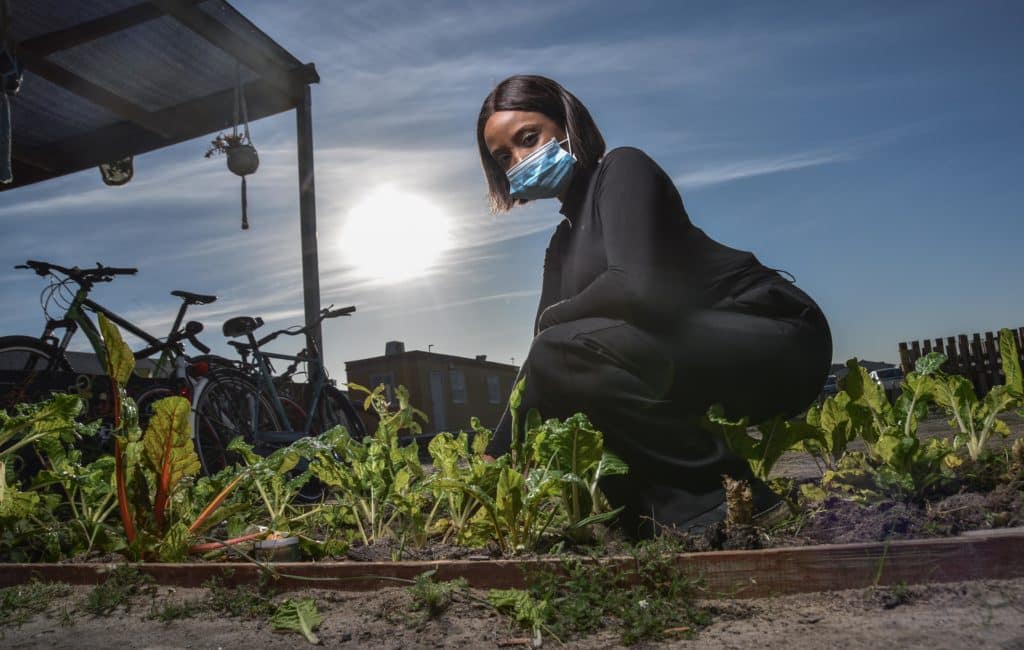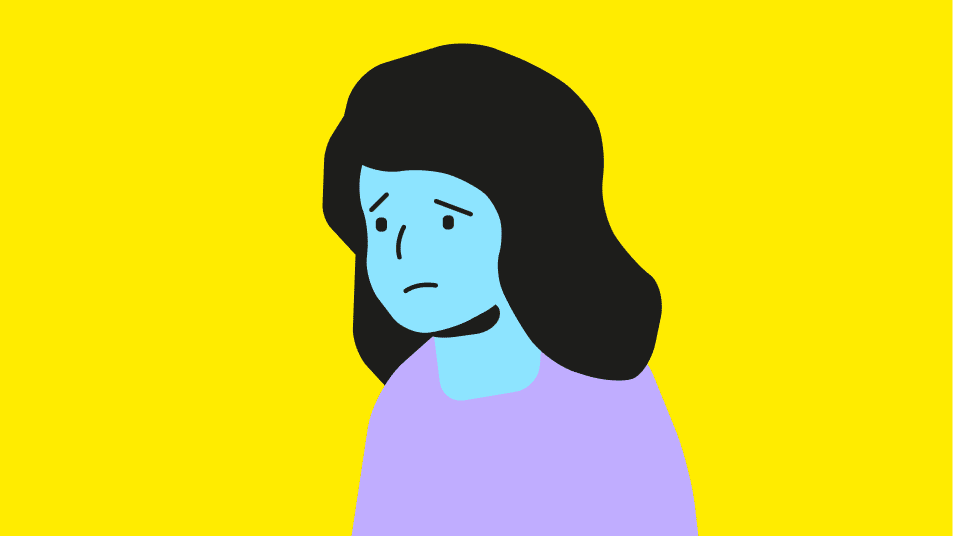Fighting misinformation where it happens: striking first and often
Fighting misinformation where it happens: striking first and often
Combatting COVID-19 misinformation with the United Nations
“Misinformation can feel like an insurmountable problem, something that only tech giants and social media platforms can solve. But actually, we can each take steps to help stop it spreading, and these actions will have a direct impact on our own communities, friends and family.” – Jen Thomas, Creative Producer, Verified.
Misinformation, the accidental spread of inaccurate information, makes it harder for people to find accurate information online. It can also cause fear, panic and hate, making difficult situations even more challenging. The COVID-19 pandemic created an “infodemic”, an overwhelming increase of misinformation that has made public health measures more difficult.
In 2020, in partnership with the United Nations, we launched Verified, an initiative to cut through the noise and make sure accurate, fact-based information about COVID-19 was reaching people early and often.
Misinformation was causing confusion and increasing the spread of the virus, so we developed content to increase digital literacy and help people recognise misinformation before they shared it. Our initial campaigns focused on how the virus spreads and what we can do to prevent it, such as social distancing and wearing a mask. When vaccines started to become available we created simple explainers in response to some of our audience’s most pressing concerns, including how the vaccines work, why we know they are effective, and why vaccination is important.
In its first year, Verified reached over a billion people worldwide with more than 5000 pieces of content in 60 languages helping to limit the spread and harm of COVID-19. It has become a model for how the UN and our global partners can respond to emerging global challenges quickly and effectively.
In order to fight misinformation that is circulating about your issue space:
- Get ahead of the narrative to stop misinformation before it takes hold.
- Increase digital literacy for the people in your audience who are most vulnerable to misinformation.
- Target misinformation on the platforms where it is spreading and flood those platforms with good information.
If you want to find out more, read our insights on fighting misinformation where it happens: striking first and often.
